In recent years, the world of custom printing has seen a rapid shift with the rise of DTF print technology. Short for “Direct to Film,” DTF offers a versatile and high-quality method for transferring artwork onto a wide range of materials. Unlike traditional screen printing or vinyl cutting, DTF gives creators the freedom to print vibrant, detailed designs quickly, affordably, and with minimal equipment.
This article will explore what DTF printing is, how it works, and why it’s becoming a top choice for custom apparel, merchandise, and even hard surface decoration.
What Is DTF Printing?
DTF (Direct to Film) printing is a digital process that allows users to print full-color designs onto a special PET film using water-based pigment inks. The printed film is then covered with a hot melt adhesive powder, cured, and finally heat-pressed onto a garment or substrate.
The key advantage of DTF is its ability to print on both light and dark fabrics — cotton, polyester, blends, and even leather — without the need for pre-treatment. This makes it more accessible than Direct to Garment (DTG) printing and more flexible than screen printing for short runs or complex designs.
How the DTF Process Works
Here’s a simple breakdown of how DTF printing works:
- Design Creation
Create your artwork using graphic design software like Photoshop or Illustrator. DTF supports full-color and CMYK printing. - Printing the Design
The design is printed onto a clear PET film using a special DTF printer equipped with pigment inks. A white underbase is usually printed for opacity on dark fabrics. - Applying Adhesive Powder
A powdered adhesive is applied to the wet ink. This powder binds to the ink during curing. - Curing
The film is passed through a curing oven or heat source to melt and set the adhesive. - Transfer
The cured film is placed on the fabric and heat-pressed at around 300°F (150°C) for 10–20 seconds. - Peel and Finish
Once cooled, the film is peeled off, leaving behind a vibrant, durable print.
Benefits of DTF Printing
DTF has exploded in popularity for several good reasons. It offers a range of advantages that make it ideal for small businesses, hobbyists, and large-scale print shops alike:
1. Versatility
DTF prints can be applied to cotton, polyester, nylon, blends, and more. You’re not limited to light-colored fabrics.
2. No Pre-treatment Needed
Unlike DTG, there’s no need to pre-treat garments before printing, which simplifies production.
3. Cost-effective for Small Runs
DTF doesn’t require screens or setup costs, making it perfect for one-offs or short runs.
4. High Durability
The resulting transfers are stretchable, washable, and resistant to cracking or fading, ideal for retail-quality clothing.
5. Detailed, Full-color Prints
DTF can handle intricate artwork with gradients, shading, and fine text that may be difficult with other methods.
Common Applications
DTF printing is being used across many industries and niches. Here are a few popular use cases:
- Custom t-shirts and hoodies
- Promotional merchandise
- Team uniforms and sportswear
- Event apparel (weddings, reunions, etc.)
- Corporate branding
- Personalized gifts
Its ability to reproduce photographic detail makes it a favorite for custom fashion and fan apparel as well.
Color Management in DTF
Color consistency is one of the biggest concerns in printing. That’s why understanding how colors translate from screen to fabric is essential. A resource like the DTF Transfer Color Guide can help ensure that what you see on your monitor matches what’s printed. This guide typically includes a range of color swatches printed on film and fabric, helping designers anticipate final output.
Accurate color profiling, ink management, and monitor calibration also play a role in maintaining visual integrity across different jobs.
Comparing DTF to Other Printing Methods
| Feature | DTF Printing | DTG Printing | Screen Printing |
|---|---|---|---|
| Fabric Types | Cotton, poly, blends | Cotton only | Cotton, poly blends |
| Setup Cost | Low | Moderate | High (for screens) |
| Color Complexity | Full color + gradients | Full color | Limited (per screen) |
| Wash Durability | High | Moderate to High | High |
| Run Size Flexibility | Ideal for short runs | Best for short runs | Better for bulk |
As the table shows, DTF offers an ideal middle ground — providing flexibility with minimal limitations on material type or design complexity.
Getting Started with DTF Printing
To start with DTF printing, you’ll need the following:
- A DTF printer with CMYK and white ink channels
- PET film sheets or rolls
- Adhesive powder
- Curing oven or heat press
- Design software (Photoshop, Illustrator, etc.)
- RIP software for print management
You can also outsource the printing process and simply upload your artwork to an online DTF service provider. Many businesses and designers start this way to test the waters before investing in equipment.
Tips for Better DTF Prints
- Use high-resolution artwork to avoid pixelation
- Avoid excessive white ink unless needed — it can cause buildup
- Store your films flat in a dust-free environment
- Test your pressure and time settings on different fabrics
- Keep your print heads clean for sharper results
Attention to these details ensures professional-looking results, even from a home setup.
Final Thoughts
DTF print technology is not just a trend — it’s a transformative process in custom printing. With its ease of use, material versatility, and vibrant output, it’s changing the game for creators and entrepreneurs alike.
Whether you’re launching a new apparel brand, customizing merchandise, or simply exploring a creative side hustle, DTF opens the door to high-quality prints without the steep learning curve of traditional methods.
And as demand for custom products continues to rise, mastering DTF transfers printing gives you a competitive edge in a booming market.



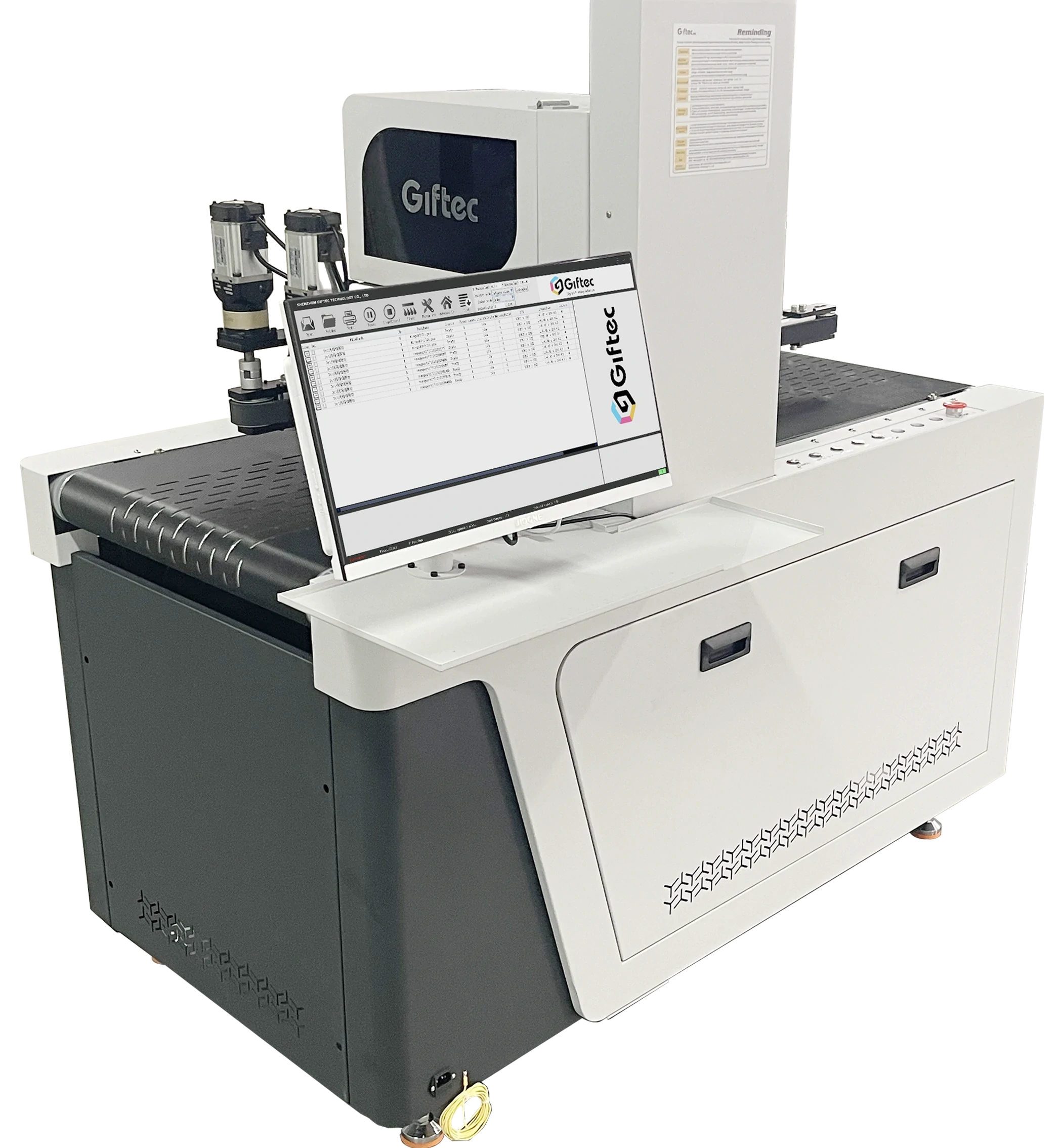
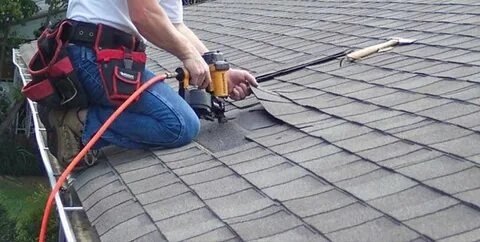
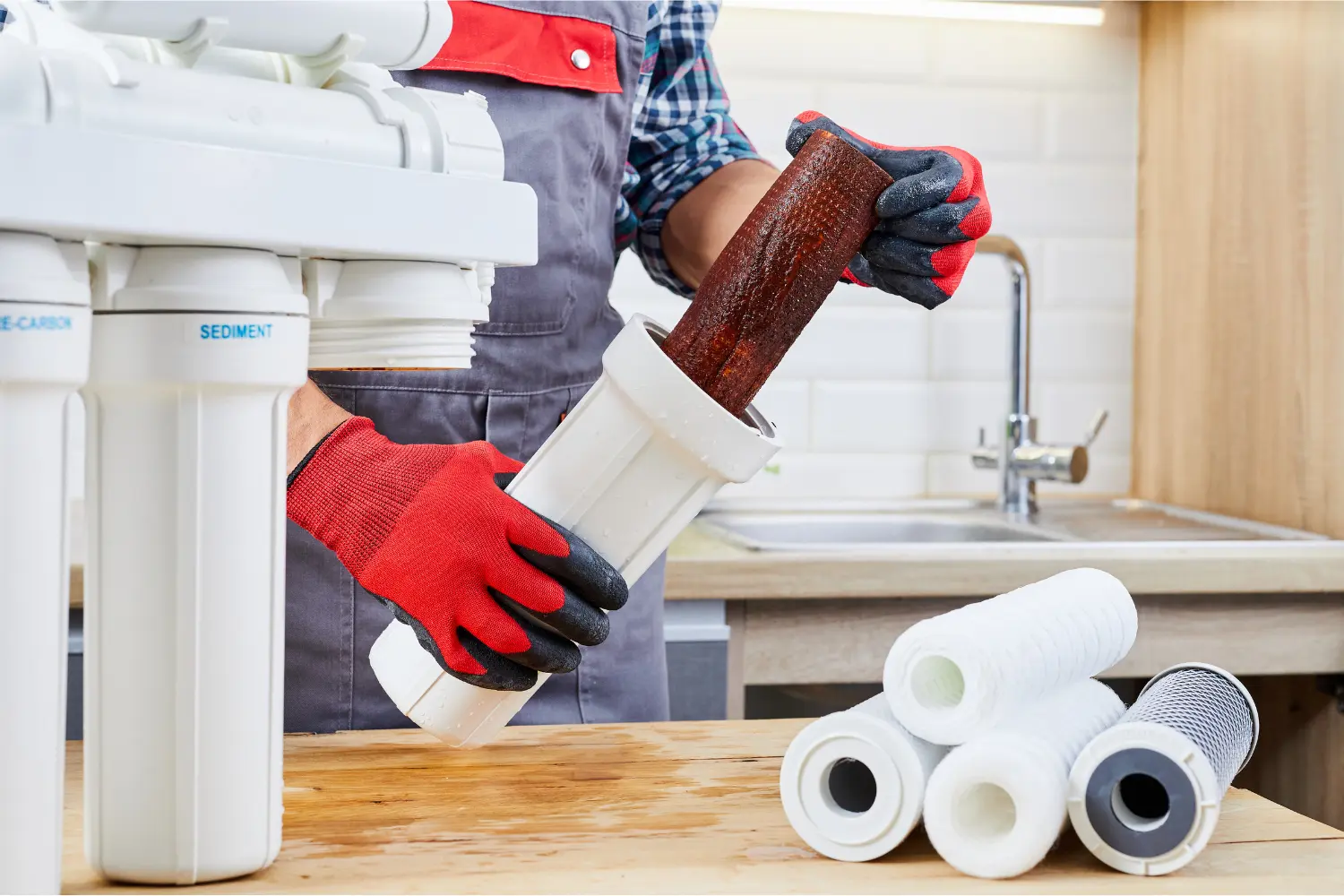


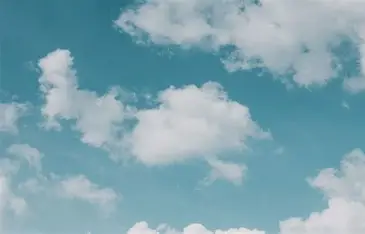


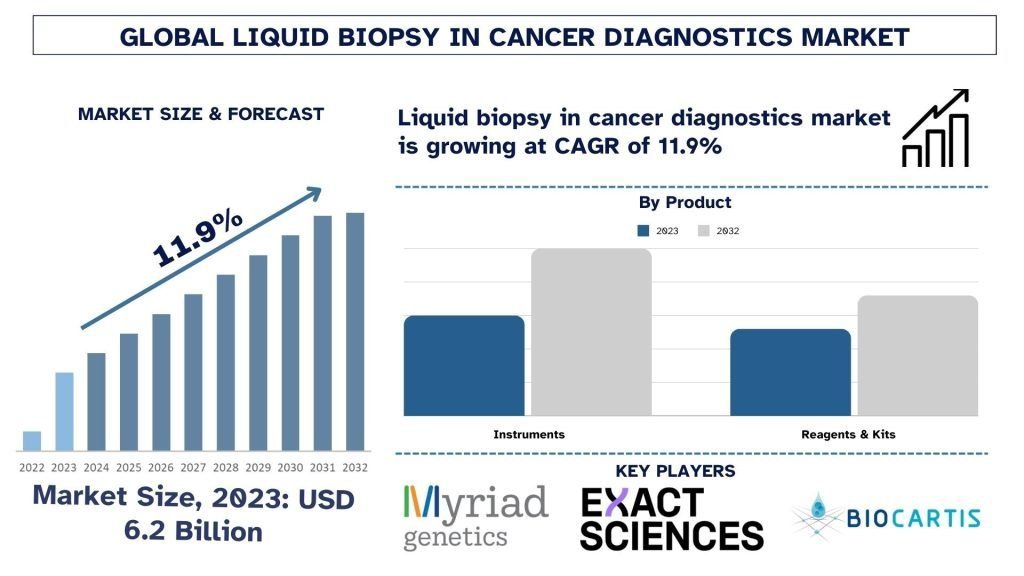
Leave a Reply